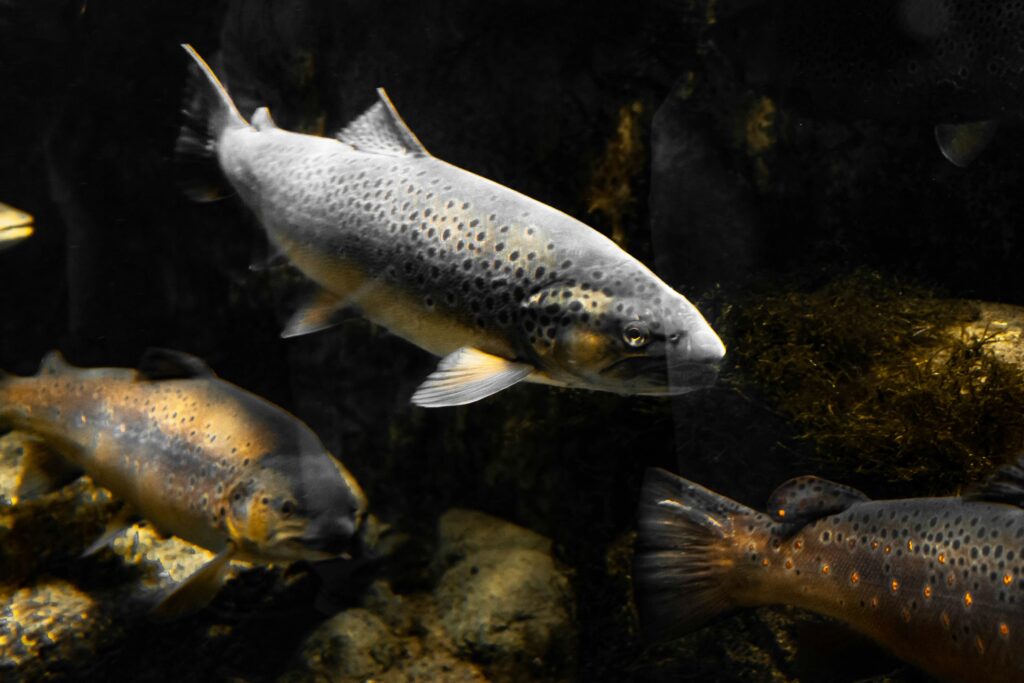
British Columbia is a province of natural abundance. One of our sometimes-overlooked bounties is clean fresh water. Home to nearly 300,000 kilometres of streams and rivers, over 20,000 freshwater lakes, and thousands of glaciers, BC’s abundant water resources enable large-scale hydroelectric power generation and extensive farming that helps feed Canada and the world at large.
Protecting our precious water resources is paramount to the continued environmental, social, and economic stability of our province. One overlooked way to protect our waterways is through sustainable infrastructure management.
Culverts are structures used to channel water through obstacles like roads. There are many types and sizes of culverts, ranging from small diameter plastic piping beneath a residential driveway to massive concrete or steel channels under highways.
Culverts may be used for drainage to avoid pooling and flooding along roads and highways, or to allow natural streams to flow beneath roads unimpeded.
Like all infrastructure, culverts have a lifespan, requiring replacement or repair after anywhere from 20 to 100 years. The precise mechanism of failure varies by culvert type, but may include factors such as:
Extreme weather events like the historic 2021 floods can result in widespread damage to culverts and drainage systems, necessitating widespread repair and replacement.
Conventional construction methods for culvert replacement can result in a number of undesirable environmental outcomes.
When compared to trenchless solutions, a conventional replacement process is a blunt instrument. Conventional culvert replacement involves complete excavation of the existing culvert, a process that can take days or even weeks.
During this process, road closures are necessary. Disruptions to road traffic can result in higher vehicle emissions due to detours or delays, not to mention a loss in human capital caused by longer commute times.
Disrupting a large volume of soil through excavation poses a number of ecological concerns. Excavation is a carbon-intensive process that can contaminate waterways. Disrupting the soil around a culvert can damage local habitats and even change the flow pattern of the stream, potentially impacting fish and other wildlife.
During excavation, the stream’s flow may be significantly disrupted, which can impact fish—particularly during spawning season. Heavy equipment poses risks to water quality, as fuel and oil leaks can contaminate the site.
Trenchless technology enables a less disruptive method for culvert repair and replacement. A typical trenchless culvert replacement requires little or no excavation, greatly reducing contamination and damage to the surrounding site. Nearly any type of culvert may be remediated or replaced with trenchless technology through one of several applicable methods.
Trenchless technology is proven to be a less carbon intensive method for construction. Its reduced excavation requirements mean far less disruption for drivers while better protecting vulnerable ecosystems from harm.
Cured-in-place pipe is an ideal solution for small to mid-sized diameter culverts. CIPP uses the existing run of the culvert, inserting a length of resin-saturated felt lining into the pipe. Using UV light, heat, or a combination of both, operators cure the resin in the felt lining, producing a durable new culvert without requiring any excavation.
This is an ideal solution for leaky culverts. The process does result in a narrower culvert than the original, so this technique is not suited to high flow rate applications where sacrificing pipe diameter is unacceptable.
Somewhat similar to CIPP, slip lining involves inserting a new pipe within the existing run of the culvert. Once the pipe is in place, it’s grouted or cemented to ensure stability. Like CIPP, the diameter of the culvert will be reduced, making this technique unsuitable to certain situations.
If maintaining culvert inside diameter is crucial, pipe bursting may be a good solution. Using a variety of mechanical methods, the existing pipe is destroyed as a new pipe gets pulled through the cavity of the previous culvert. This technique can be used to maintain or expand the diameter of a culvert, and is suited for scenarios where the culvert is severely damaged or even collapsed.
Not all culverts are simple pipes. Many culverts are concrete or metal tunnels more akin to a bridge than a pipe. In these cases, trenchless repair may involve panel lining. Durable panels get installed and secured to the inside of the existing culvert. Steps are taken to reinforce the panels, ensuring durability and effectiveness for decades to come. This carries the same risk of reducing the inner dimensions of the culvert, affecting flow rate accordingly.
Let’s explore a possible scenario where trenchless technology might be employed for a culvert replacement.
Imagine a rural road with a culvert running beneath it. The stream flowing through the culvert is an important route for spawning rainbow trout.
The culvert is in dire need of repair. Decades of exposure to the elements have eroded the corrugated metal pipe, threatening the structural integrity of the culvert and risking an eventual cave-in that would damage the road and block the stream.
PW Trenchless is often engaged and provides advice on potential solutions to rehabilitate culvert while minimizing impact to local fish populations.
Before beginning any construction work, a proper assessment of required permitting and all environmental constraints is necessary. In addition, hydrological analysis of the site helps inform the ideal process for replacement. Engagement with local stakeholders such as environmental groups and indigenous communities informs an action plan that suits the needs of the community.
After evaluating the scenario and understanding the constraints and requirements, slip lining is deemed to be the best method for replacement. The stream’s flow is deemed low enough that reducing the interior dimensions of the culvert will not cause issues.
With the project awarded, PW Trenchless proceed with sourcing suitable liner pipe and confirmation that appropriate permitting is obtained for this sensitive environment works. They perform a typical slip liner installation process over the span of two weeks, including site preparation, diversion, pipe inspection, cleaning, installing the liner and filling the annular space.
Once the new pipe is installed, flows are reinstated and site remediation is completed, returning the area to its natural state.
A post-installation inspection is conducted to ensure compliance and satisfactory completion, ensuring no issues occur for the future performance of the culvert.
From carbon emissions to habitat protection, trenchless technology marks an improvement over conventional replacement methods for culverts. Whether it’s reducing traffic impact when working in urban environments or protecting sensitive spawning grounds in rural areas, consider the benefits of trenchless technology for your next culvert replacement.
Do you have questions about trenchless culvert management? Get in touch with our sales and estimation team today to request an estimate!
An alternate tendering process where the contract is awarded to one entity which comprises both engineering and contracting.
Because PW Trenchless Construction offers such innovative solutions for underground utilities, it is often beneficial for the owner to request solutions based on a performance specification. This allows PW Trenchess to offer unique solutions while working with equally innovative engineering companies. Learn more about design - build here!
More InfoNew installation methodologies include HDD & traditional open cut Learn more about new installation here!
More InfoIn this day & age of pipe systems reaching the end of their projected lifespan, pipe replacement and pipe rehabilitation have become major fields of engineering.
PW Trenchless Construction provides viable options such as pipe bursting, loose fit lining and internal pipe re-construction whether partial & fully circumferential. Learn more about pipe replacement & rehabilitation here!
More InfoThe aging culverts under roads and highways in many case have reached the end of their engineered life-span. We consider the rehabilitation or replacement of these culverts to be vital to our built environment.
PW Trenchless has been a pioneer in working with MOTH, railway companies and municipalities in developing rehabilitation methodologies for the hundreds of thousands of culverts that currently exist in BC. We have offered solutions in both procurement and construction from design-build to sliplining, invert rehabilitation and full circumferential relining. Learn more about culvert rehabilitation here!
More InfoOften pipe failure can be concentrated to one section, for various reason, leaving the rest of the pipe in good condition. The repair of these localized failures are know as external point repairs (EPR's).
EPR's demonstrate PW's ability to work as both a trenchless and civil contractor, completing EPR contracts using our civil contracting skills and assisting other pure trenchless contractors who only have the capacity to work in an existing pipe. Learn more about point repairs here!
More InfoPipe upsizing is the fundamental concept of pipe bursting.
The vast majority of pipes are less than or equal to 200mm in diameter, but with today's densification practices of urban design, there is a major demand to increase current capacity to handle extra flow. Pipe bursting provides the ideal solution to this issue, particularly in an urban setting. Learn more about pipe upsizing here!
More InfoHorizontal Directional Drilling is a low impact Trenchless construction service where pipe is installed in a shallow arc along a bore path which has been created by a drilling rig. Often the terms Horizontal Directional Drilling (HDD) and Directional Boring are used interchangeably, but in our industry we use the word “boring” when we utilize smaller sized drilling rigs with small diameters for short crossings in the hundreds of feet, and we use the word “drilling” when we utilize larger rigs with large diameters for long crossings in the thousands of feet. Learn more about horizontal directional drilling here!
More InfoPrimus Line® is a flexible sliplining solution for the trenchless rehabilitation of pressure pipes. The system consists of a flexible Kevlar® reinforced liner and specially developed end fittings. Primus Line® is not bonded to the host pipe and is self-supporting. An annulus remains between Primus Line® and the host pipe.
Developed by experienced engineers, the system is suitable for different media as well as various application needs and has already proven itself in numerous projects.Learn more about primus lining here!
More Info



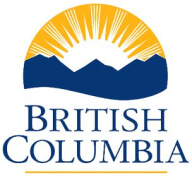



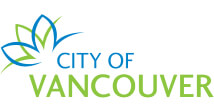




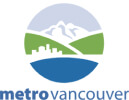




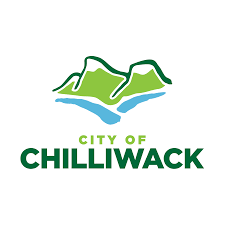
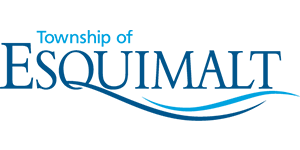

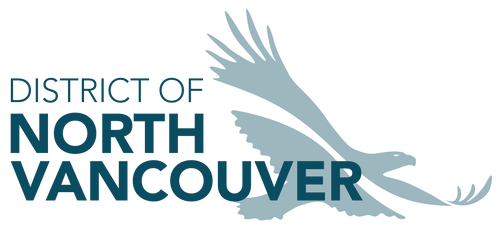
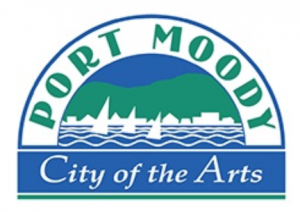

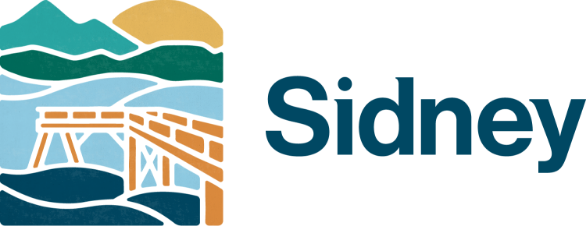
When you join PWT, you become part of a community of people who are engaged in the most innovative practices in the Trenchless Industry. We have been instrumental in setting up a scientific method for cities to gain carbon offsets/credits from their use of trenchless construction. This system has been reviewed by the BC Government and has been approved as of December 2018. We expect to see it in common use shortly.
Subscribe to our newsletter for cutting-edge industry updates, expert knowledge, and exclusive content.